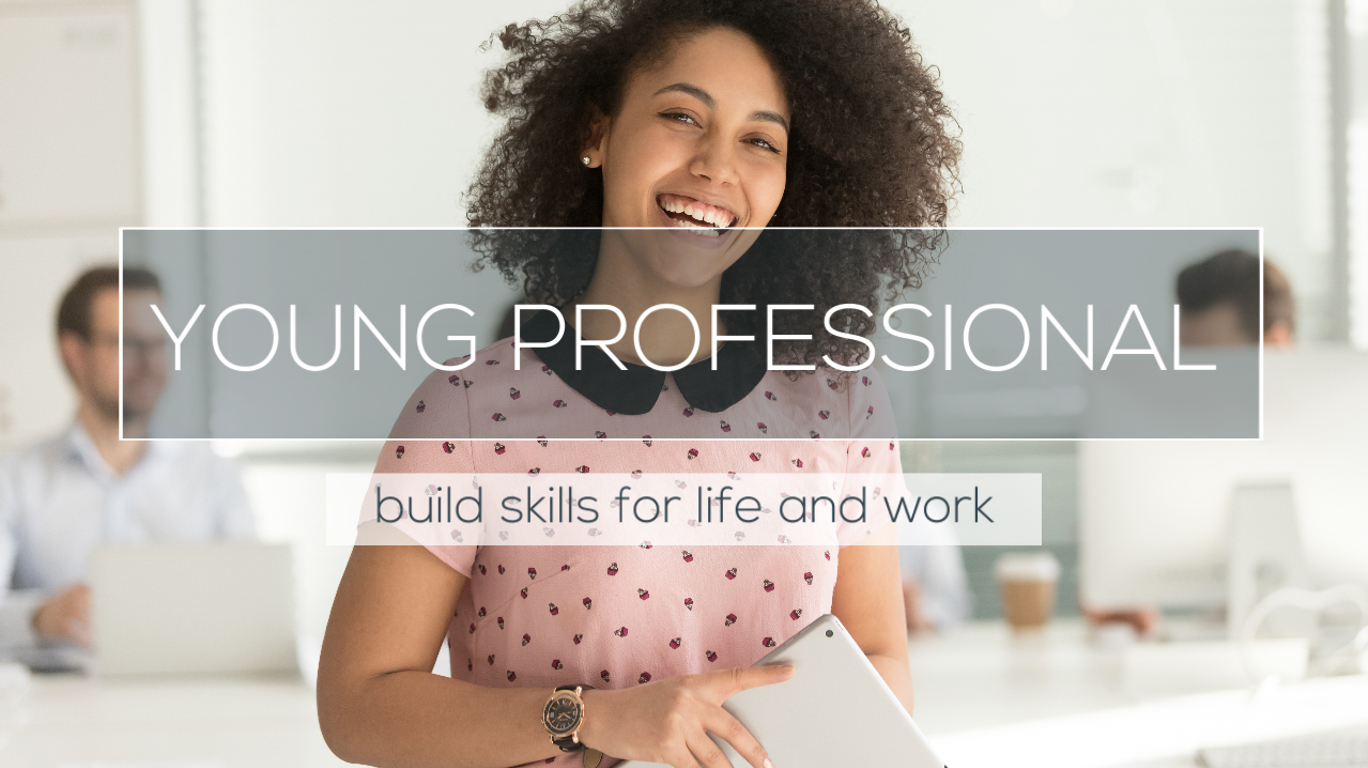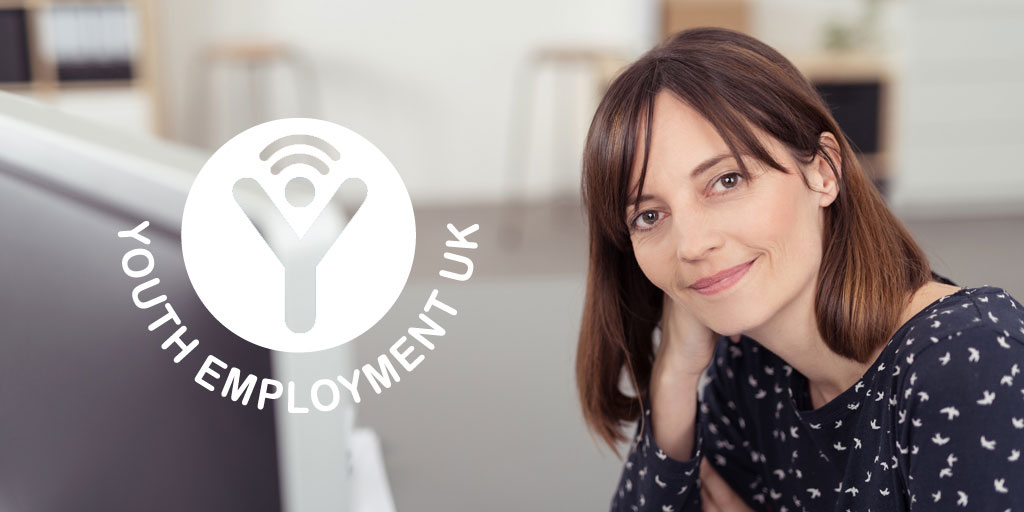It’s a great time to get stuck into a creative career but you’ll have to apply your creative talents to landing a job as well as building your skills, because competition is fierce. These tips will help you find and successfully apply for the creative jobs of your dreams.
1. Have everything ready before you apply. And even before you job hunt.
An application for a creative job – like being a makeup artist or graphic designer – often involves extra preparation, because you have to take care of the visual side of things as well as what you say to convince an employer the role should be yours.
How’s your CV template looking? Are you happy with the signature on your cover letter? Have you got a personal website that showcases your work and achievements as well as delivering a sense of your aesthetics? What about your portfolio? Ensure everything is up to date and that you’ve included more recent work if you feel it’s some of your best work so far.
Do this as early on as possible. That way, if a dream job comes up, you don’t risk missing your chance by trying to get everything together in time.
2. There’s no such thing as perfect. But get your portfolio as close to perfect as you can.
Creativity is about experimentation and trying new things. Professional creativity is also about coming up with a finished project that projects a clear visual identity or message.
When you’re looking for creative jobs, your portfolio is what your employers are most likely to want to see. If you’ve got the skills and the talent, you may be able to get away with not having the experience.
So make sure your portfolio paints a clear picture of who you are and what you can do! If possible, ask a friend with serious photography skills to take professional photos of your work. A crisp, clean, well-lit image can do wonders for showcasing your stuff. Always make sure you’ve given credit where it’s due to any other project co-creatives too, whether you were part of an artist’s group or you need to add fashion, makeup, model or photography credits to a style shoot.
Also think about how you present your portfolio. Is the final effect slick and glossy, stark and industrial, lean and mean? Or just a bit tatty and ratty? Presentation of your work is all part of the process. Your employer will expect you to have a high level of appreciation for the little details, because the little things matter.
Finally: make sure you have a CV that covers your education, work history and key creative achievements included in your portfolio.
3. Add personal flavour to your portfolio with passion projects
If you’ve done a creative course you’ve probably filled your portfolio with coursework. If you’ve had any work experience, you can add that to your portfolio, too. But it pays to show something of your own interests and personality as well as your creative employability skills. If you’ve worked on your personal brand identity, submitted work to competitions or taken on one-off project for the sheer passion of it, it shows you have great self belief skills that employers will love. Everyone will be keen to hire a creative type with initiative – after all, your fresh take on things is what you’ll be bringing to the table, as well as your technical skills.
4. Tell the creative world you exist
Promote yourself! Network! If you’re doing a creative course with a final graduation show, schmooze with prospective employers and be ready to talk about your work. Make yourself some business cards and head on out into a big wide world of gallery openings, networking events, talks, workshops and launch parties. You never know… the person sitting next to you could be your next collaborator on an art project or even your next employer.
If you haven’t already, set up your own website showcasing your portfolio and creative achievements in a way that emphasises your personal professionally creative brand. And put the website address on your business card, obviously.
5. Make sure your cover letter shines bright
Maybe you’re more comfortable with visuals than words, but words matter too. Sometimes your cover letter will be the first thing that an HR person at a company will ever see, so make sure your cover letter stands out enough for them to want to open your portfolio.
You can create a cover letter template that you can essentially re-use for each job application, just changing the name you address the letter to and the specific reasons why you want the job and you would be perfect for it. Whatever you do, triple-read the cover letter before you send it off – your genius work of art will look like a cheap fake if it’s addressed to the wrong employer!
6. Let the job hunting begin
Consider volunteering, work experience and internships to start building your CV. Set up job alerts on job boards so that you’re one of the first people to see a creative job role come up on a site. Use social networking sites like Twitter and check out hashtags like #creativejobs to seek out opportunities that might never make it to the job boards. If there are specific companies you’d like to work for, visit their websites for opportunities. Even if no job vacancies are listed, get in touch with them with your cover letter, CV and portfolio. They might love your work so much they decided there’s an opportunity for you after all.
All your efforts will pay off if you have enough money to live on and you’re doing the work you love, so never forget that your passion projects could also lead to work. Use that networking to get involved, meet new people in the creative biz, and build your portfolio. It could all help you land that job or even set you up as self-employed when you least expected it.
7. Promote yourself as well as your work at interviews
If you land a job interview, remember that employers will love your brain’s creativity, but they really don’t need to hire the stereotype that comes with it. You don’t have to be fluffy, skittish, unreliable, messy or any of the other stereotypes that people attach to creative souls. Instead you can be polite, friendly, tidy but with your own sense of style, clean, punctual, passionate about what you do, genuinely interested in the company you’re interviewing with, and willing to listen and learn as well share your creative insights.
And remember: you can have a creative outlet and a career at the same time. It may take a series of steps to get there, but as Vincent Van Gogh said, “great things are not done by impulse, but a series of small things brought together.”
You’ve got this. Live the dream and enjoy the journey.








